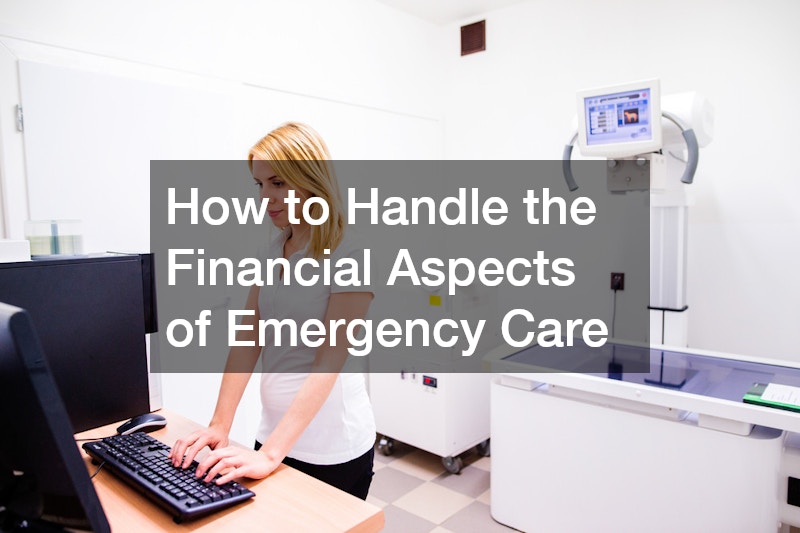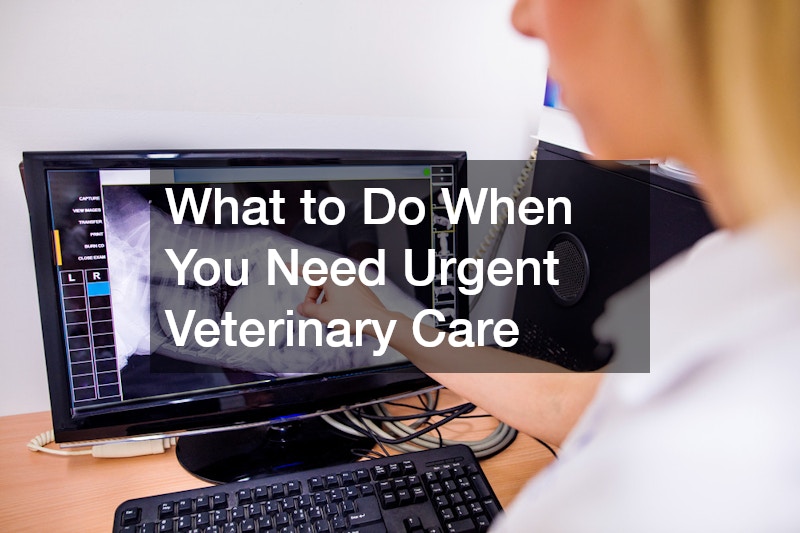In this article, we will explore the essential steps to take when faced with a pet emergency and need urgent veterinary care. Navigating these stressful situations requires knowledge, preparation, and swift action.
How to Recognize a Pet Emergency
Common Signs of Pet Emergencies
Recognizing signs of a pet emergency is crucial for ensuring timely intervention and care. Typical indicators can include sudden changes in your pet’s behavior, such as lethargy, difficulty breathing, or a swollen abdomen.
Vomiting, diarrhea, or seizures might also point to a need for urgent medical attention. Following the progression of these symptoms can assist you in assessing the gravity of the situation.
Utilizing the knowledge of common emergency signs allows pet owners to act confidently and swiftly. Early identification can sometimes mean the difference between a treatable condition and a life-threatening situation.
When to Seek Immediate Assistance
Immediate assistance is essential when your pet showcases severe symptoms. If your pet is unresponsive or whimpering continuously, these could be signs of significant distress.
In situations involving trauma, like being hit by a car, seeking prompt veterinary care is imperative. Every moment counts in these scenarios to stabilize your pet’s condition.
Determining an emergency is part of being a diligent pet owner. When in doubt, contacting a veterinary professional can provide much-needed clarity.
How to Find a Veterinary Clinic Open 24/7
Using Online Resources and Directories
Online resources have become an invaluable tool in locating 24/7 veterinary clinics quickly. Websites and directories often list local vet clinics, providing contact details and their hours of operation.
Many pet owners turn to apps or specific websites dedicated to emergency veterinary care in their area. These platforms can help you find the nearest available clinic without wasting precious time.
Having a few trusted resources bookmarked can expedite the process in an emergency. This preparation ensures you have immediate access to information when every second matters.
Contacting Local Veterinary Networks
Local veterinary networks can offer assistance by connecting pet owners to clinics that are open during unconventional hours. Local vets often work together and can provide referrals to emergency facilities.
A quick call to your regular vet’s office—should it be closed—may direct you to where help is available. Establishing a relationship with your local veterinary community is always beneficial.
It’s encouraged to have a list of important contacts related to pet care. Networking within the veterinary community can enhance your readiness for emergencies.
What to Expect During an Emergency Vet Visit
Initial Assessment and Stabilization
During an emergency vet visit, the initial step involves a swift assessment of your pet’s condition. Veterinarians prioritize stabilizing your pet, addressing life-threatening symptoms first.
Often, this might require oxygen support or intravenous fluids to address dehydration or shock. The primary goal of this phase is to stabilize and gather as much information as possible about your pet’s condition.
Understanding this process prepares pet owners for the urgency and actions taken upon arrival. Being aware of these steps can also mitigate some of the stress associated with emergencies.
Common Emergency Treatments and Procedures
Veterinary emergencies often necessitate an array of treatments, depending on the specifics of the situation. Treatments can range from wound care to surgical interventions for critical injuries.
Procedures typically prioritize immediate needs, such as pain management and critical diagnosis tests like ultrasounds or X-rays. Veterinarians might perform life-saving surgeries if the situation demands it.
Being informed about potential procedures assists in setting realistic expectations for the visit. It also provides a framework for the discussion you will have with the veterinarian regarding options and decisions.
How to Prepare for an Emergency Vet Visit
Gathering Necessary Information
Preparation is key to handling emergency vet visits with minimal delays. Having your pet’s medical history, including allergies and previous illnesses, can expedite the process.
Information is crucial in emergency settings where time is of the essence. This preparation enables vets to make informed decisions without additional testing delays.
Compiling a summary of your pet’s current medications and recent health changes provides a clearer picture of their overall health for the attending veterinarian. Preparedness fosters a smoother and quicker intervention.
Transportation and Safety Tips
Ensuring the safe transportation of your pet during emergencies is fundamental. Using a pet carrier or a secure restraint in your vehicle can prevent further stress or injury.
It’s recommended to inform someone of your destination and anticipate a prompt arrival at the clinic. Staying calm and focused during this transport can help in maintaining your pet’s composure.
Keeping safety in mind minimizes additional risks en route to the clinic. Employing these transportation tips supports a more efficient and less stressful veterinary visit.
How to Handle the Financial Aspects of Emergency Care
Understanding Emergency Vet Costs
Pet emergencies can be financially daunting; thus, understanding these costs is important. Emergency vets usually charge more for out-of-hours services due to the complex nature of the care provided.
Awareness of a typical range for emergency services allows you to make financially sound decisions amidst a crisis. Preparing a funding plan in anticipation of possible emergencies is wise.
Discussing potential costs with your vet can prevent unexpected expenses from compounding the stress during an emergency. Understanding these costs contributes to better financial preparedness.
Options for Financial Assistance and Pet Insurance
Financial assistance options are available for pet owners facing prohibitive emergency care costs. Some clinics offer payment plans or can refer you to pet welfare organizations that might help.
Additionally, having pet insurance can significantly offset emergency expenses. Carefully reviewing policy specifics ensures coverage aligns with potential future needs for your pet.
Exploring financial resources before a crisis not only eases monetary pressures but also quickens the decision-making process should an emergency occur. Effective financial management assures continued care in dire situations.








